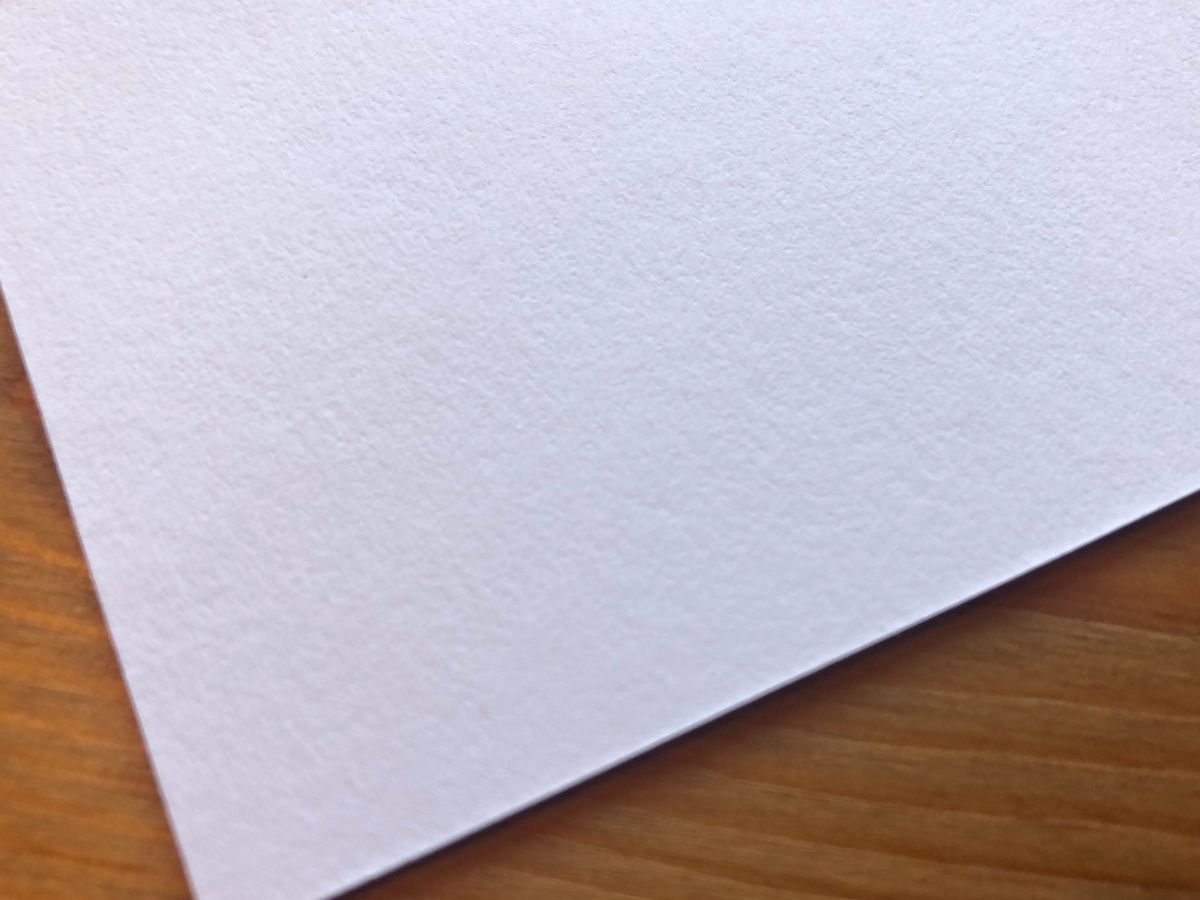In today's digital age, where information is readily available at our fingertips, the printing industry continues to play a vital role in disseminating knowledge through newspapers and books. Behind the scenes, advanced machines have revolutionized the printing process, ensuring efficiency, precision, and high-quality output. In this article, we will explore the cutting-edge machines used for printing newspapers and books, shedding light on their functionalities and impact on the industry.
- Introducing the Offset Printing Press:
The backbone of newspaper and book printing is the offset printing press. This sophisticated machine utilizes the principle of lithography, where ink is transferred from a metal plate to a rubber blanket and then onto the printing surface. Offset printing offers exceptional image quality, sharpness, and color accuracy, making it the preferred choice for large-scale printing. - Digital Printing Press:
With the advent of digital technology, the printing industry has witnessed a significant transformation. Digital printing presses have emerged as a game-changer, enabling quick turnaround times, customization, and cost-effectiveness. These machines utilize digital files to directly transfer ink onto the printing surface, eliminating the need for traditional printing plates. Digital printing is ideal for short print runs, on-demand printing, and personalized content. - Web Offset Press:
When it comes to high-volume newspaper printing, the web offset press takes center stage. This colossal machine operates at incredible speeds, printing on a continuous roll of paper known as a web. The web offset press incorporates advanced features like automatic plate changing, color registration systems, and inline finishing options. Its efficiency and productivity make it indispensable for large-scale newspaper production. - Book Printing Press:
Book printing requires specialized machines that can handle various paper sizes, binding techniques, and finishing options. Modern book printing presses are equipped with advanced features such as computerized controls, automated paper feeding, and inline binding capabilities. These machines ensure precise page alignment, consistent print quality, and efficient production, meeting the demands of the publishing industry. - Hybrid Printing Solutions:
To cater to the evolving needs of the printing industry, hybrid printing solutions have emerged as a versatile option. These machines combine the benefits of both offset and digital printing, allowing for flexibility, cost-effectiveness, and enhanced print quality. Hybrid printing solutions are particularly useful for printing books with variable content, personalized covers, or limited edition prints.
Conclusion:
The printing industry continues to thrive, thanks to the remarkable machines used for printing newspapers and books. From the traditional offset printing press to the innovative digital and hybrid solutions, these machines have revolutionized the way information is disseminated. By embracing advanced technologies, the industry ensures high-quality, efficient, and customizable printing, meeting the diverse needs of readers and publishers alike.

